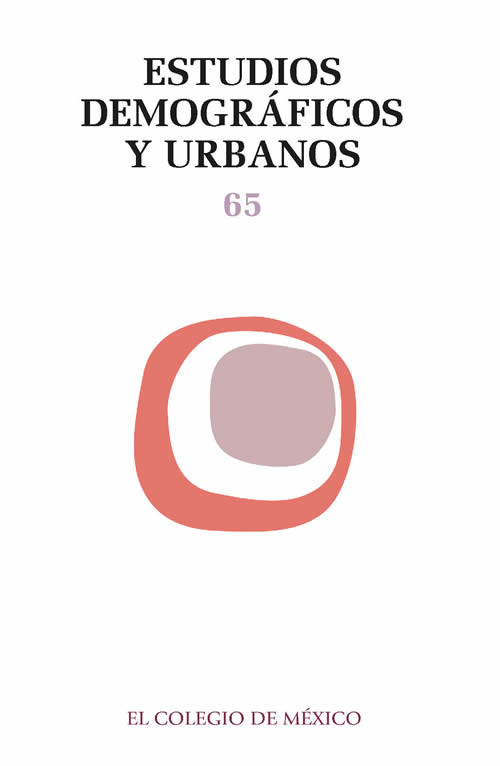Major Commercial Centers and Urban Planning. A Comparative Analysis of Two Latin American Metropolises
Published 2007-05-01
Keywords
- urban centrality,
- commercial centers,
- urban planning,
- urban development
How to Cite
-
Abstract1268
-
PDF (español)1209
-
En línea (español)507
Downloads
Copyright (c) 2007 Estudios Demográficos y Urbanos

This work is licensed under a Creative Commons Attribution-NonCommercial-NoDerivatives 4.0 International License.
Metrics
Abstract
One of the dynamics of metropolitization experienced by major Latin American cities since the 1970s has been the emergence of new centralities, often accompanied by the construction of major commercial centers. These malls, whose impact on urban development is significant and varied, tend to be promoted and built by the private sector, which is restructured within the context of the globalization of economies. The aim of this article is to use the comparison of two cases, Mexico and Bogotá, to analyze the place of this phenomenon in contemporary urban planning.


